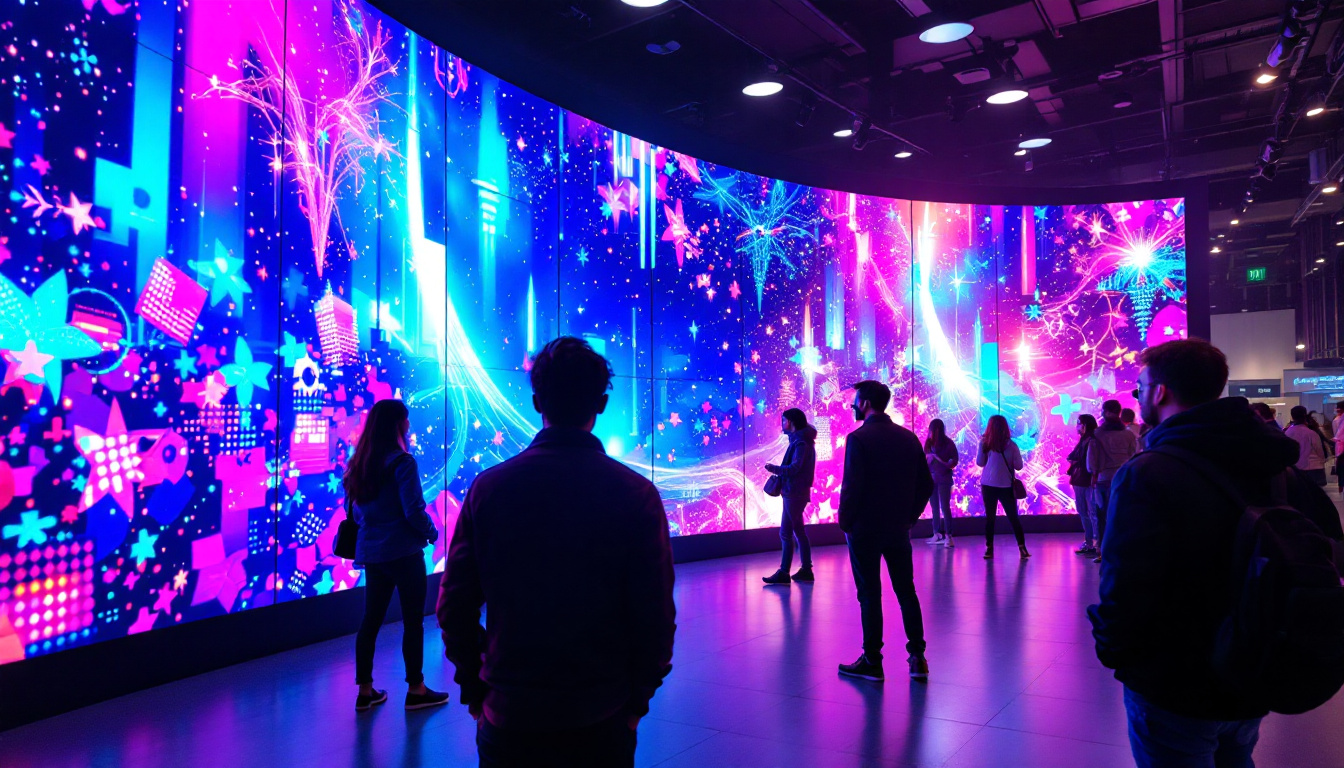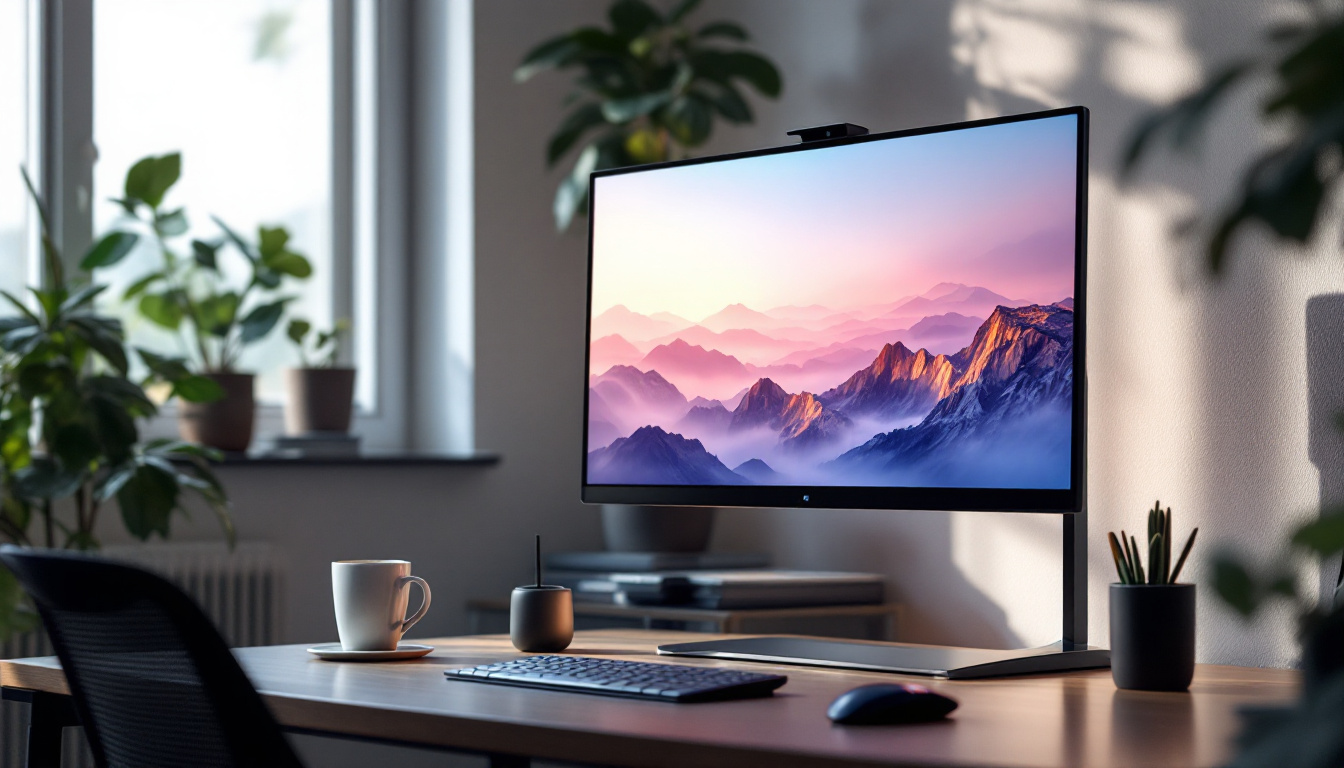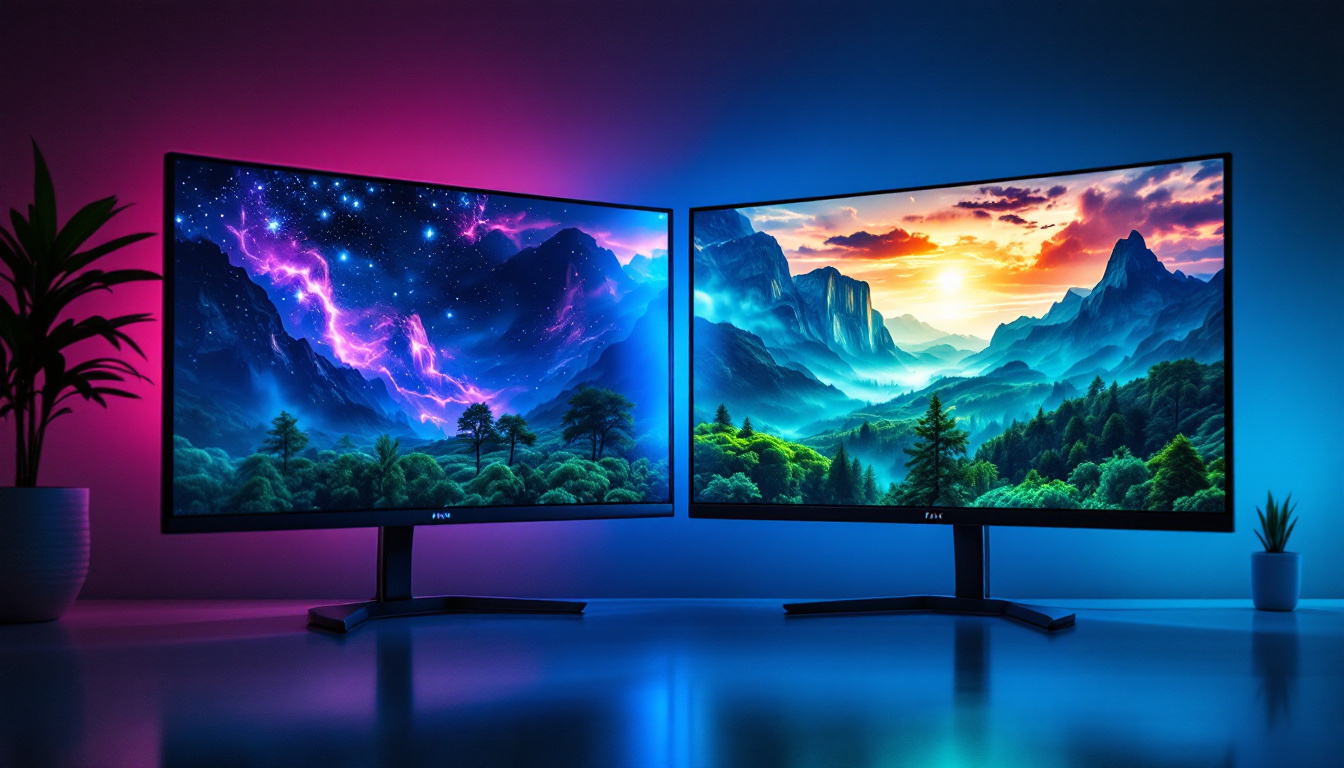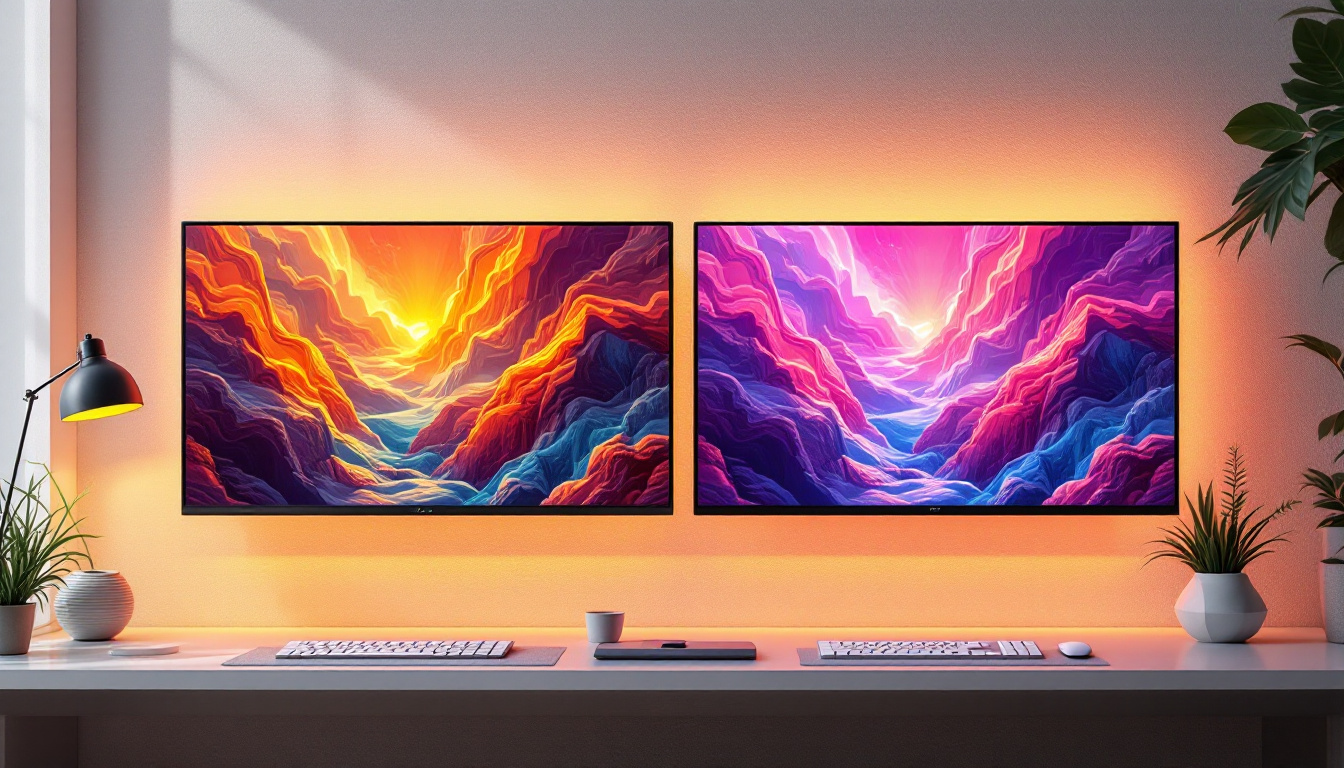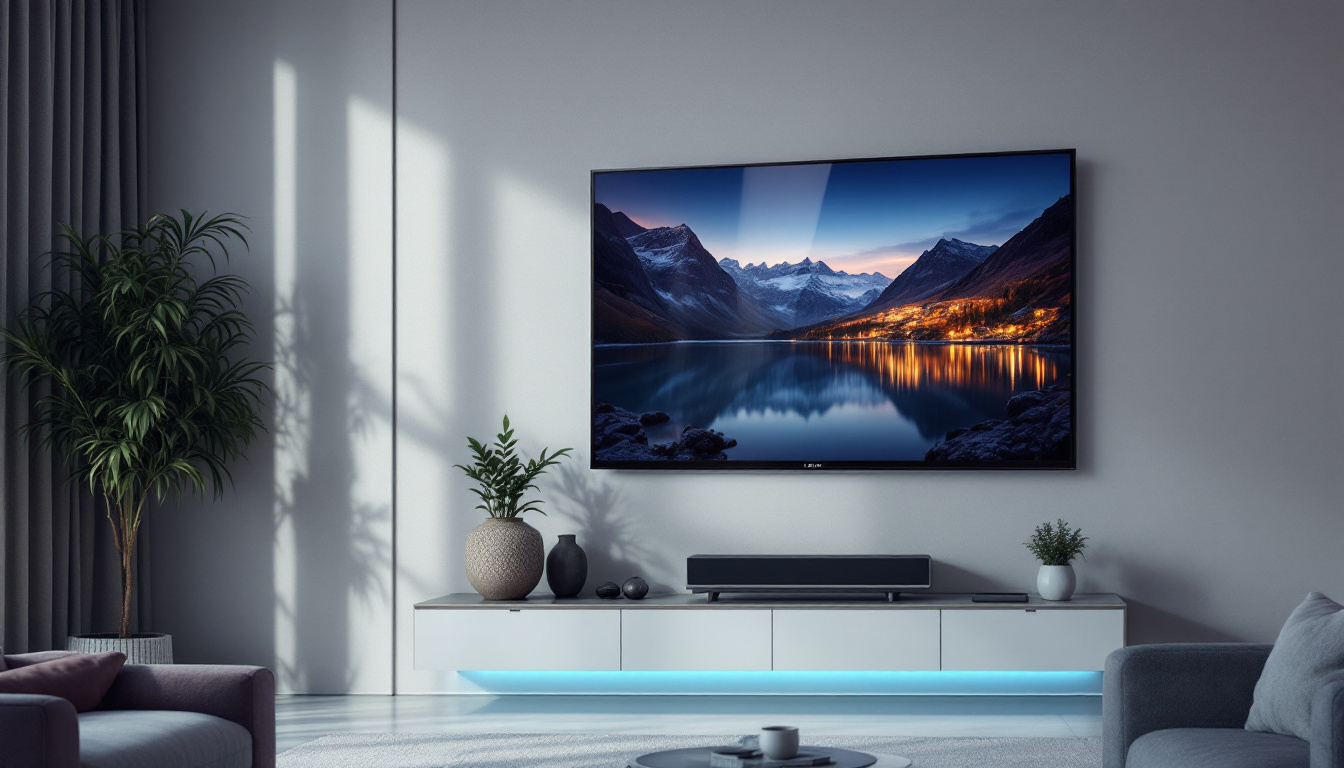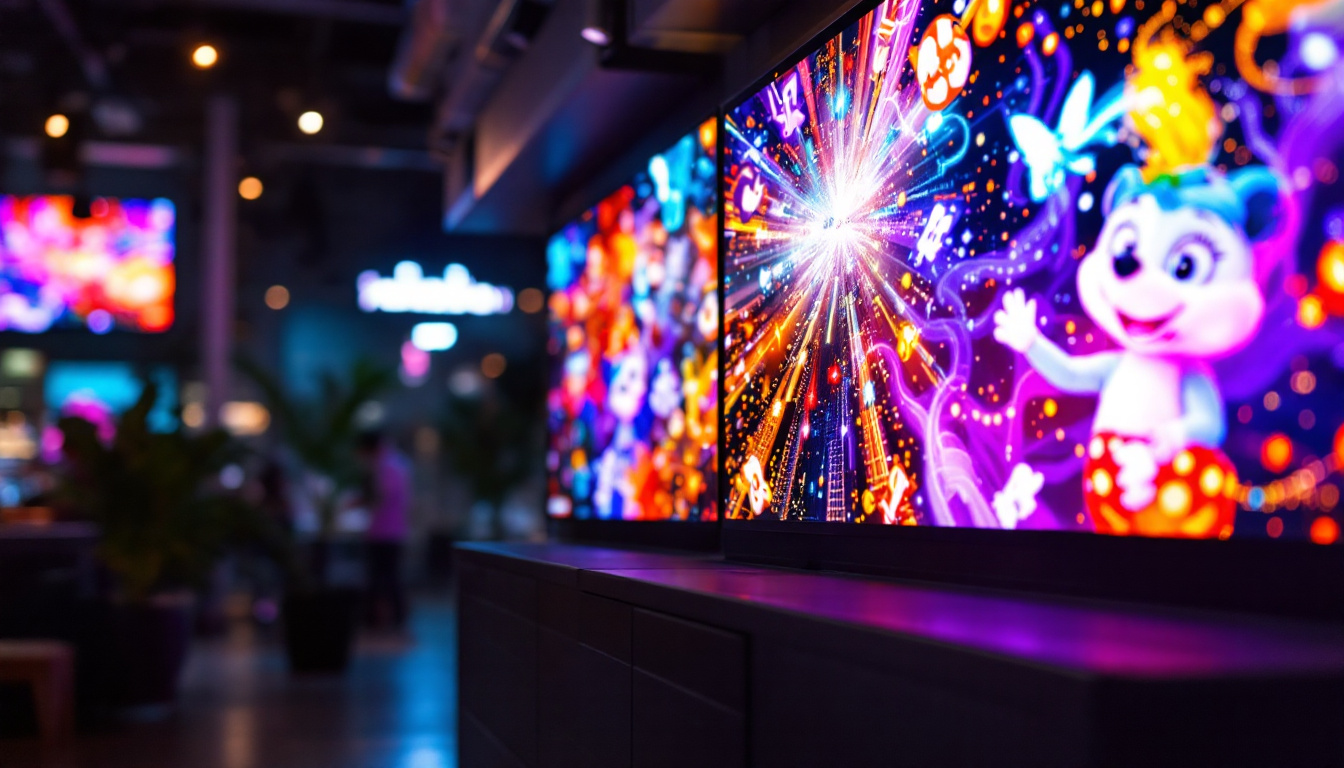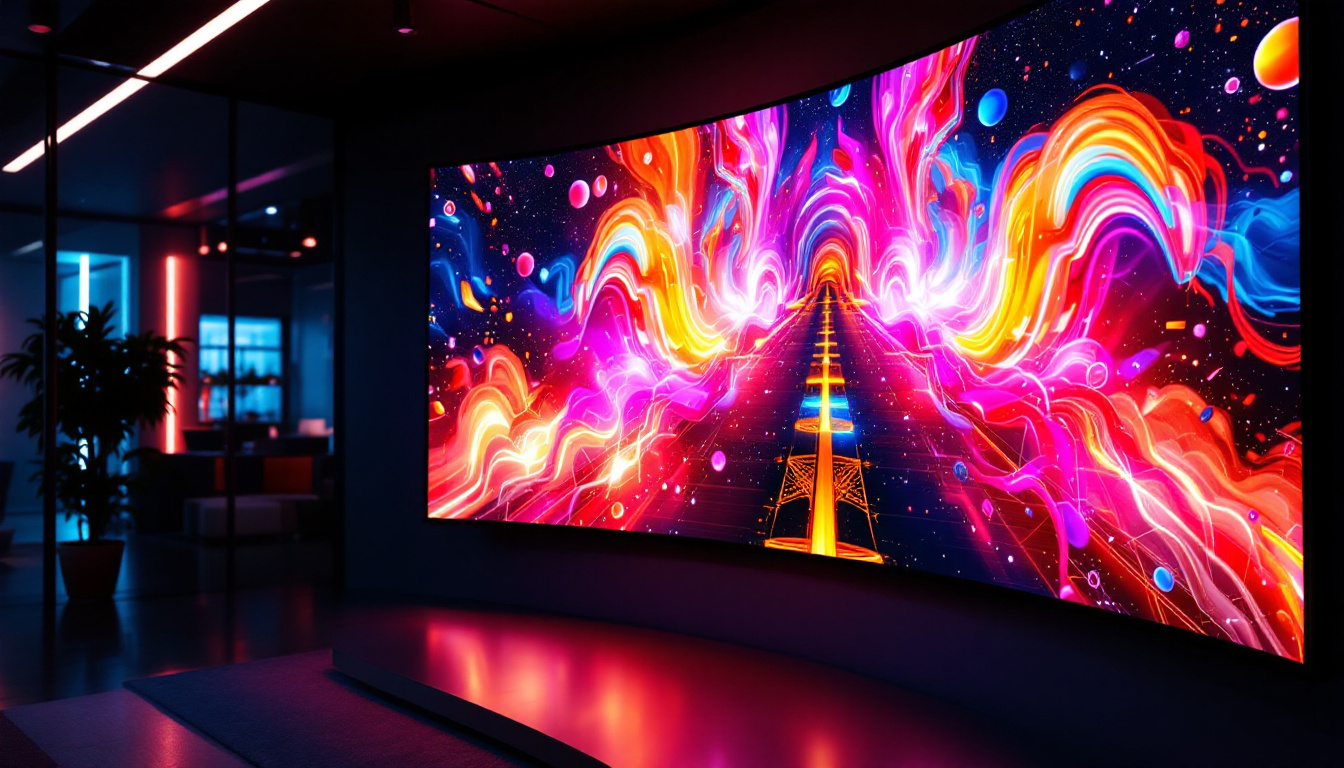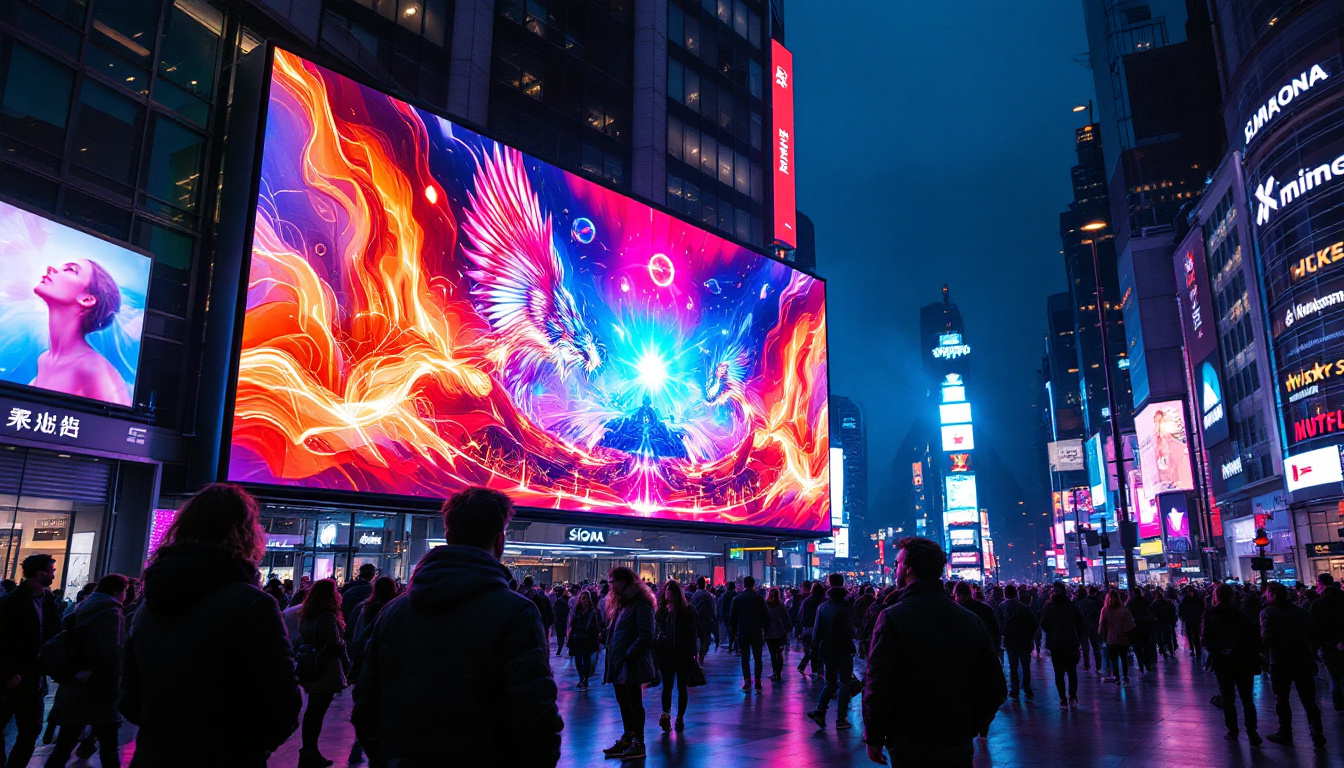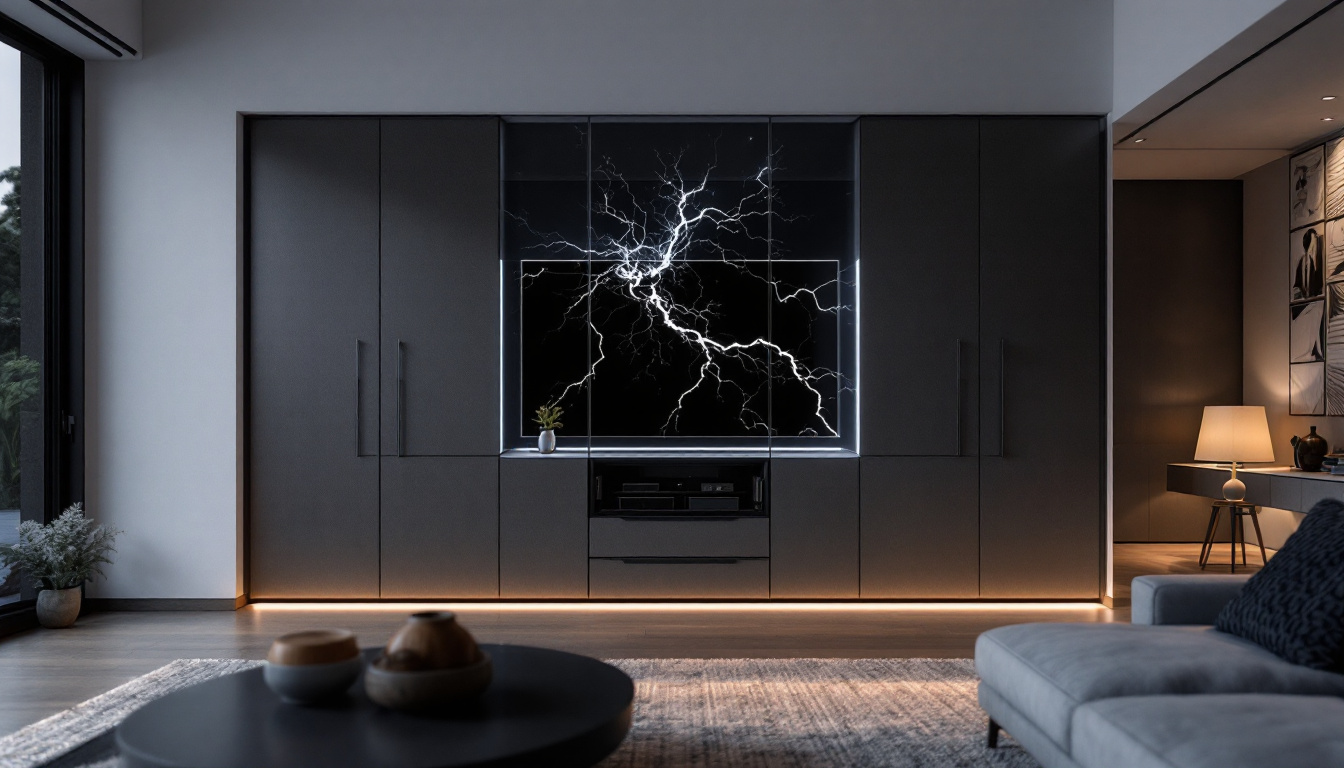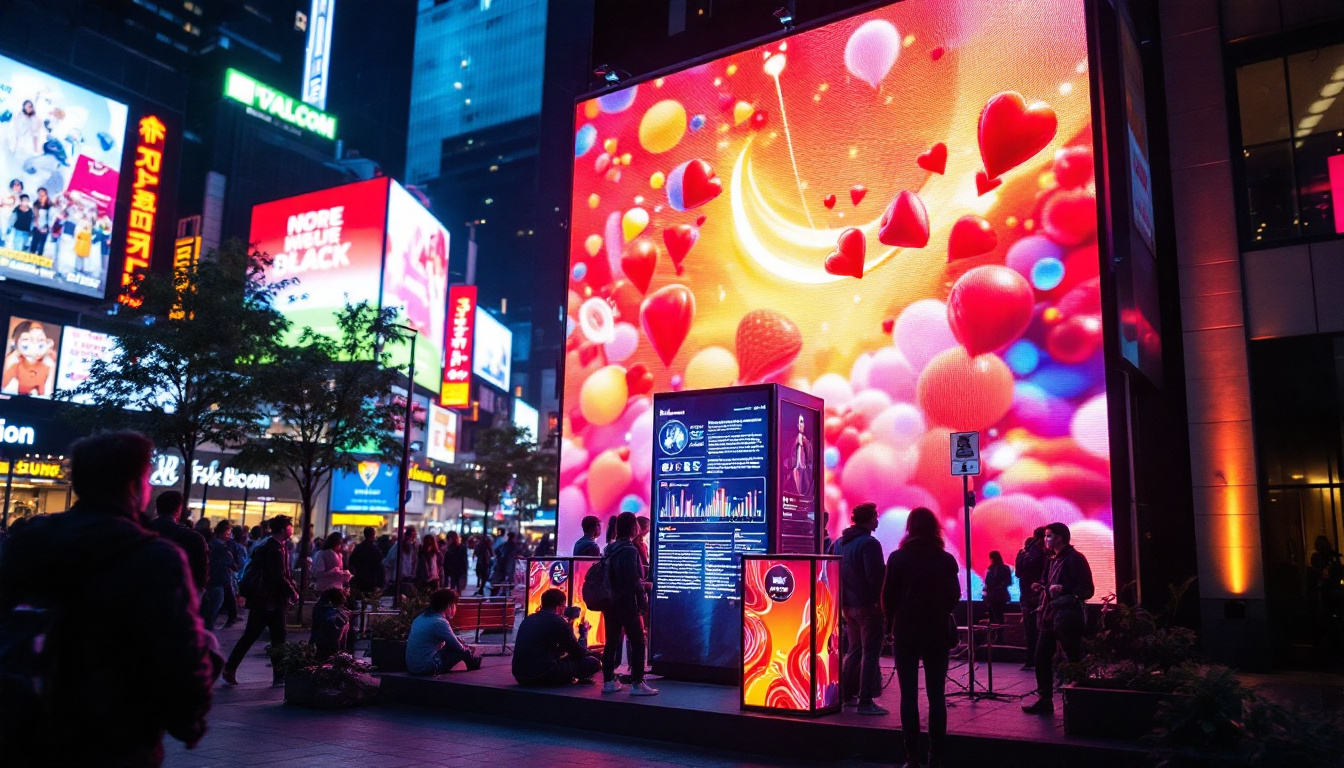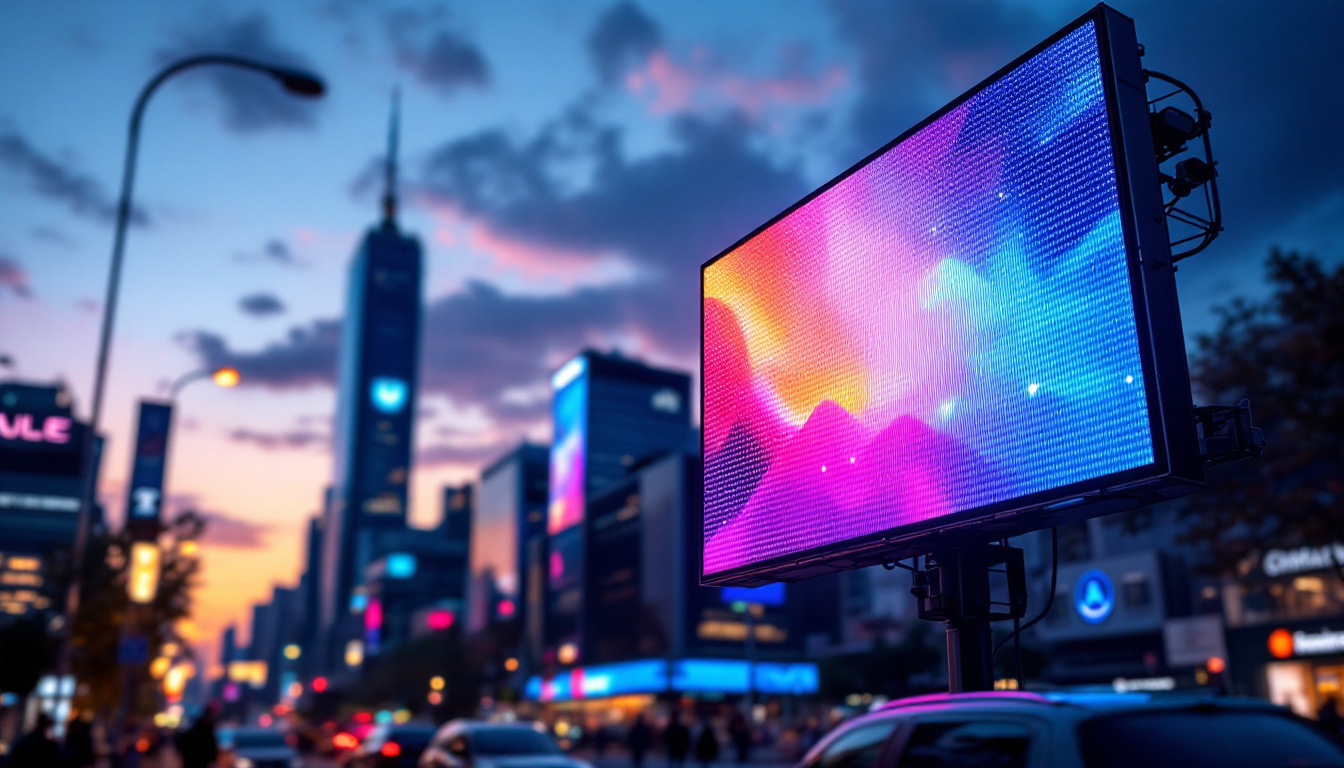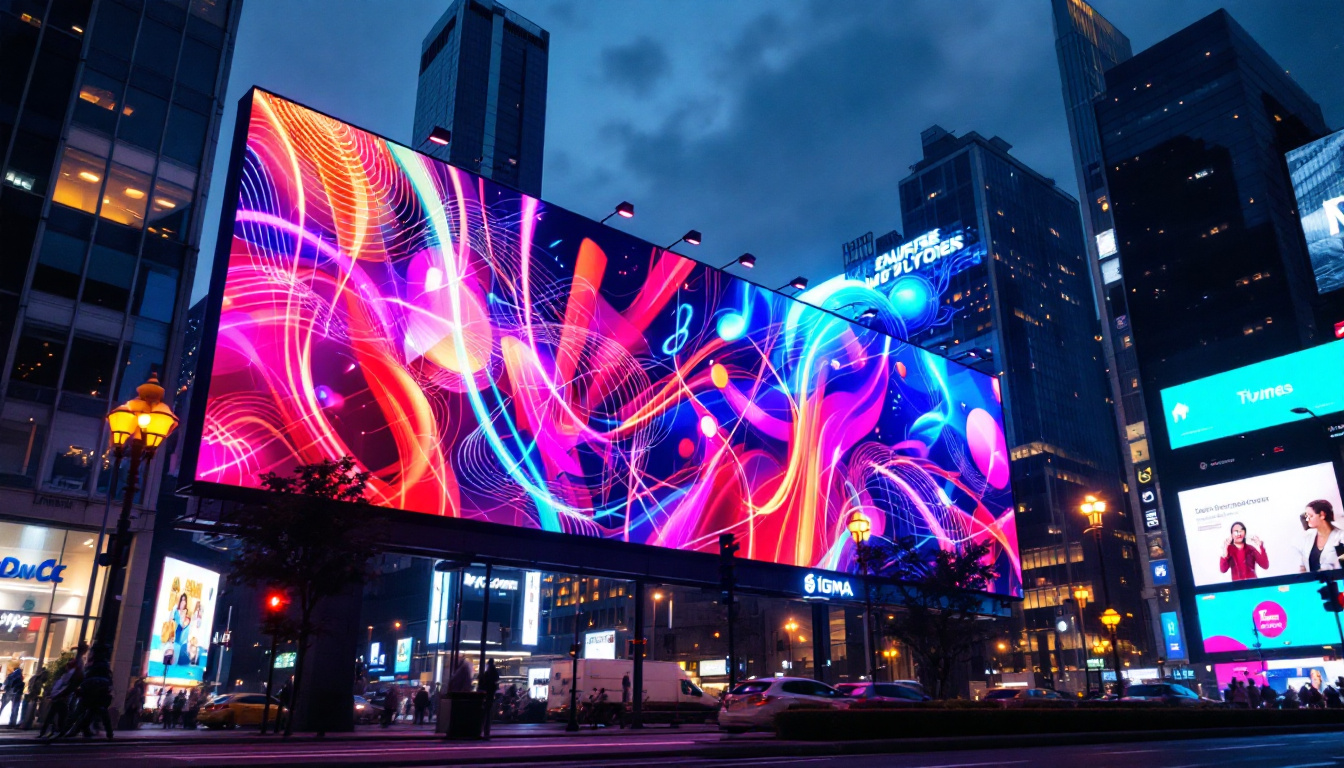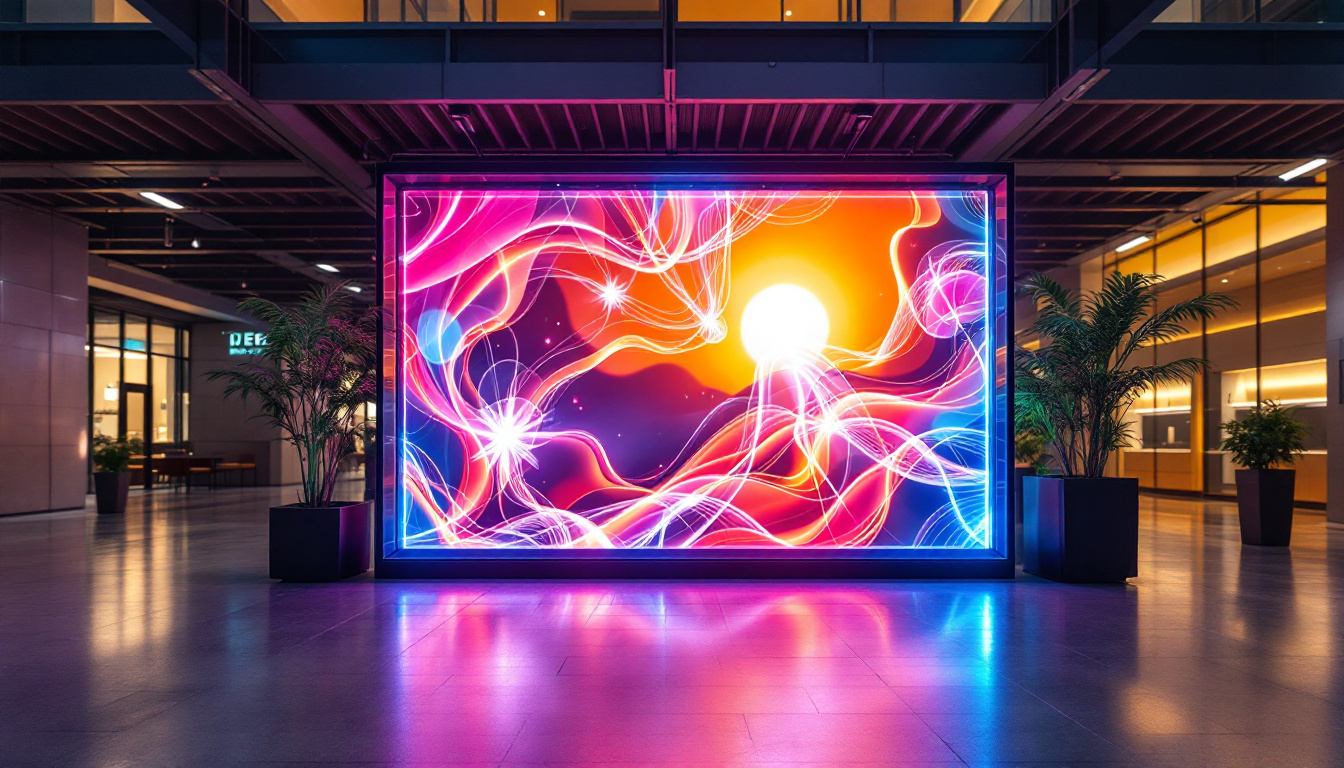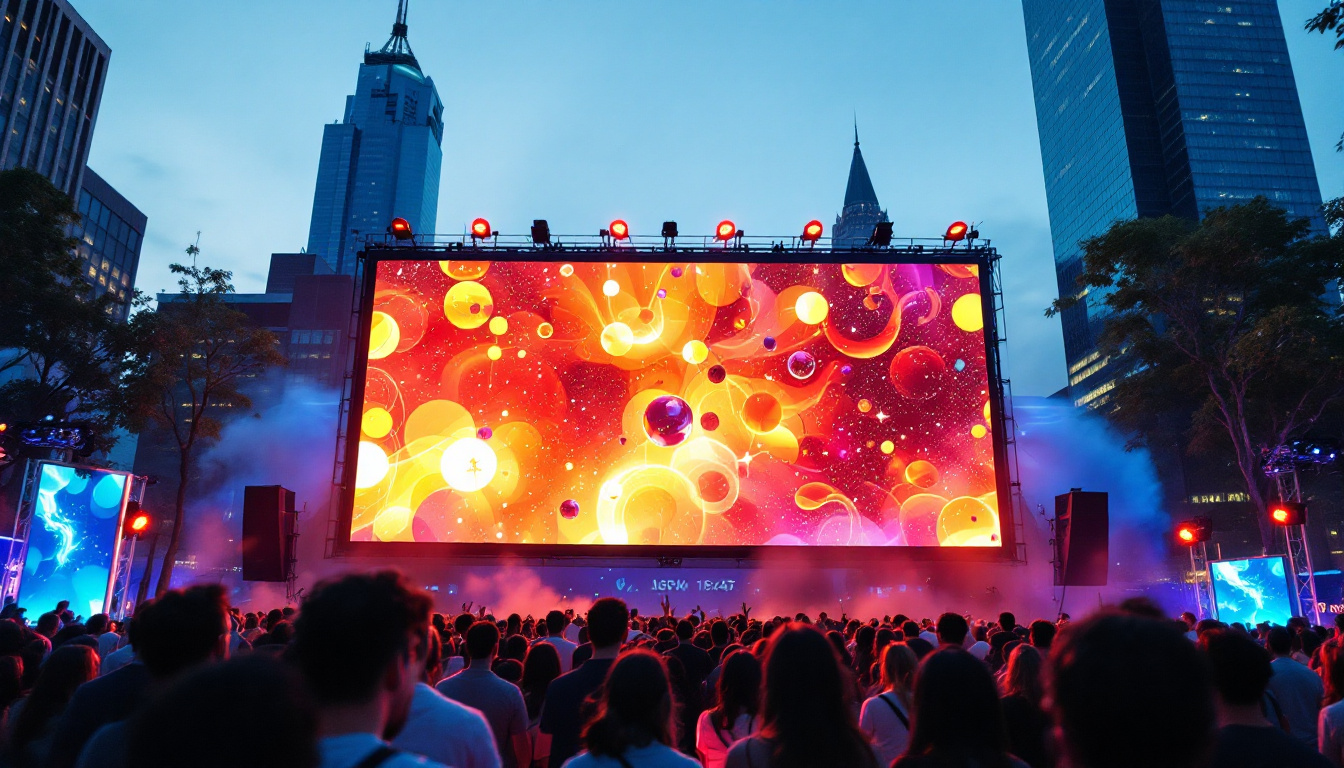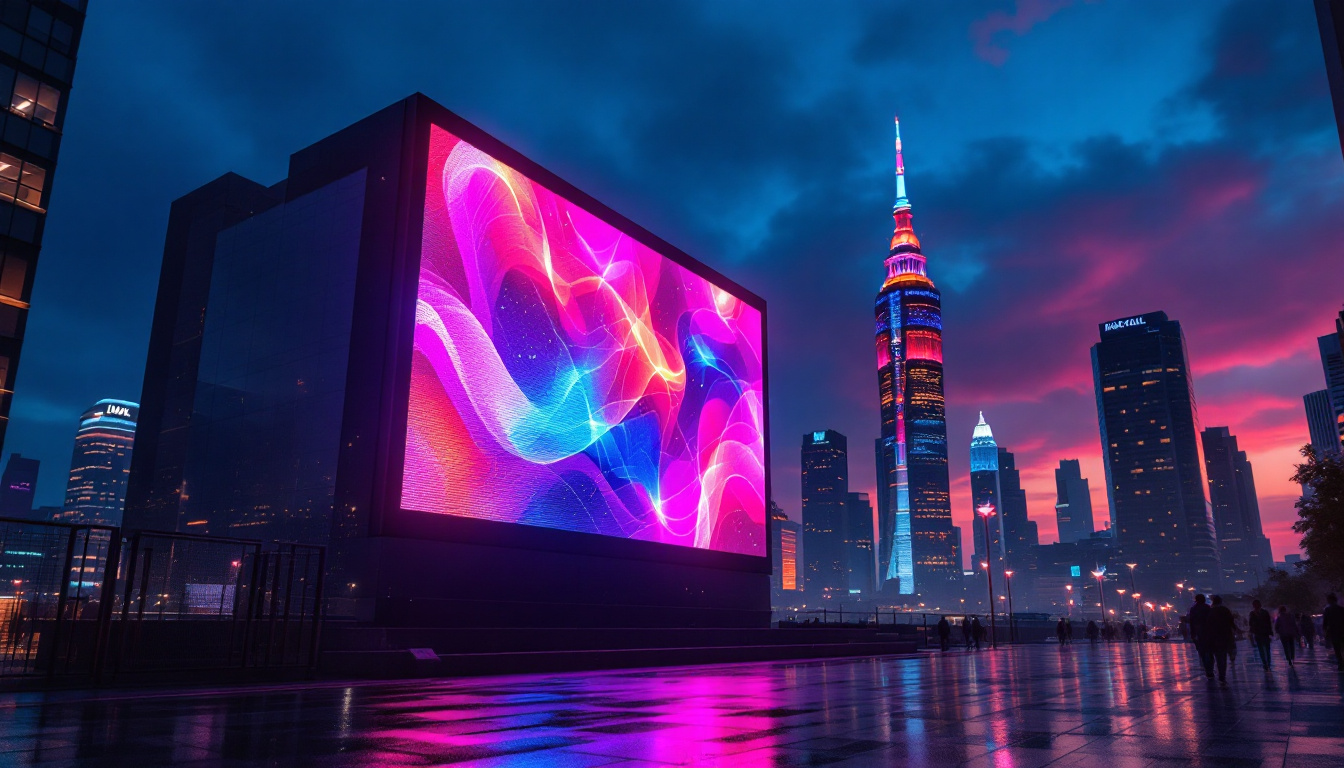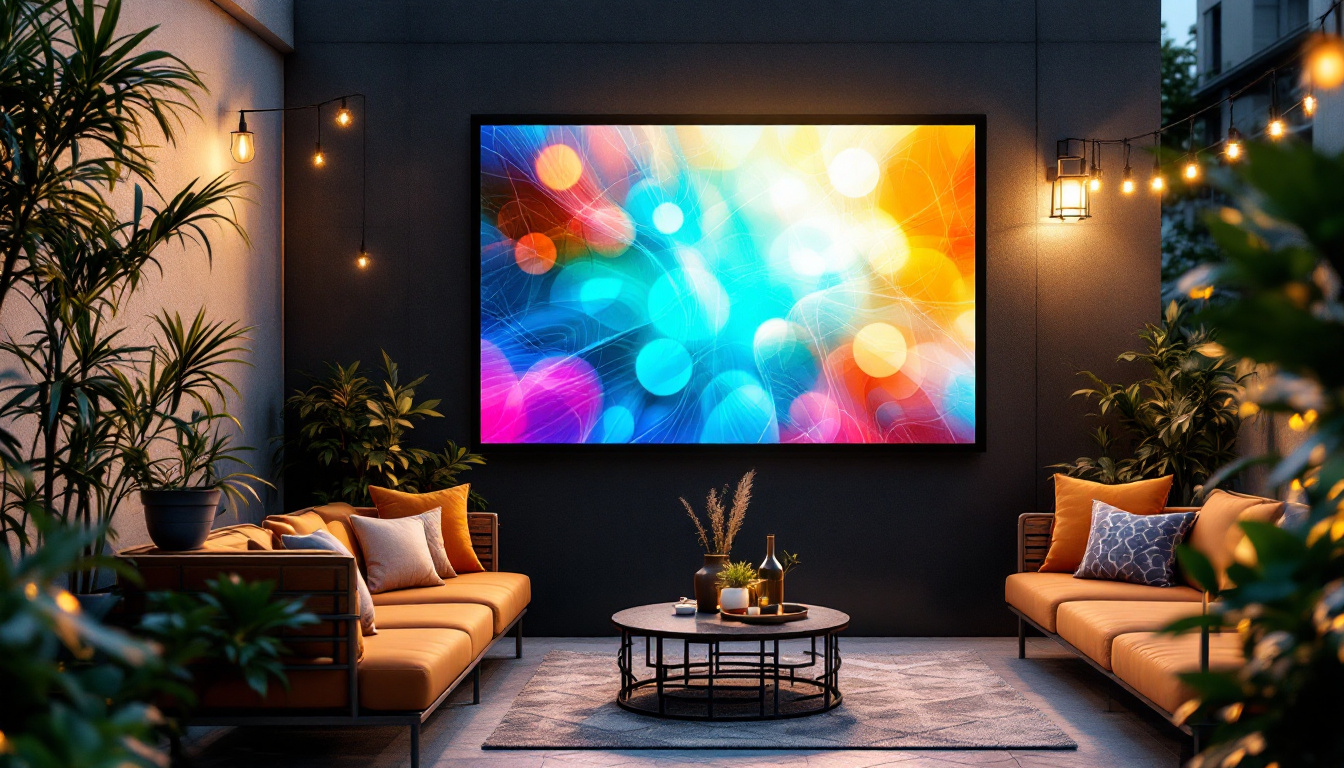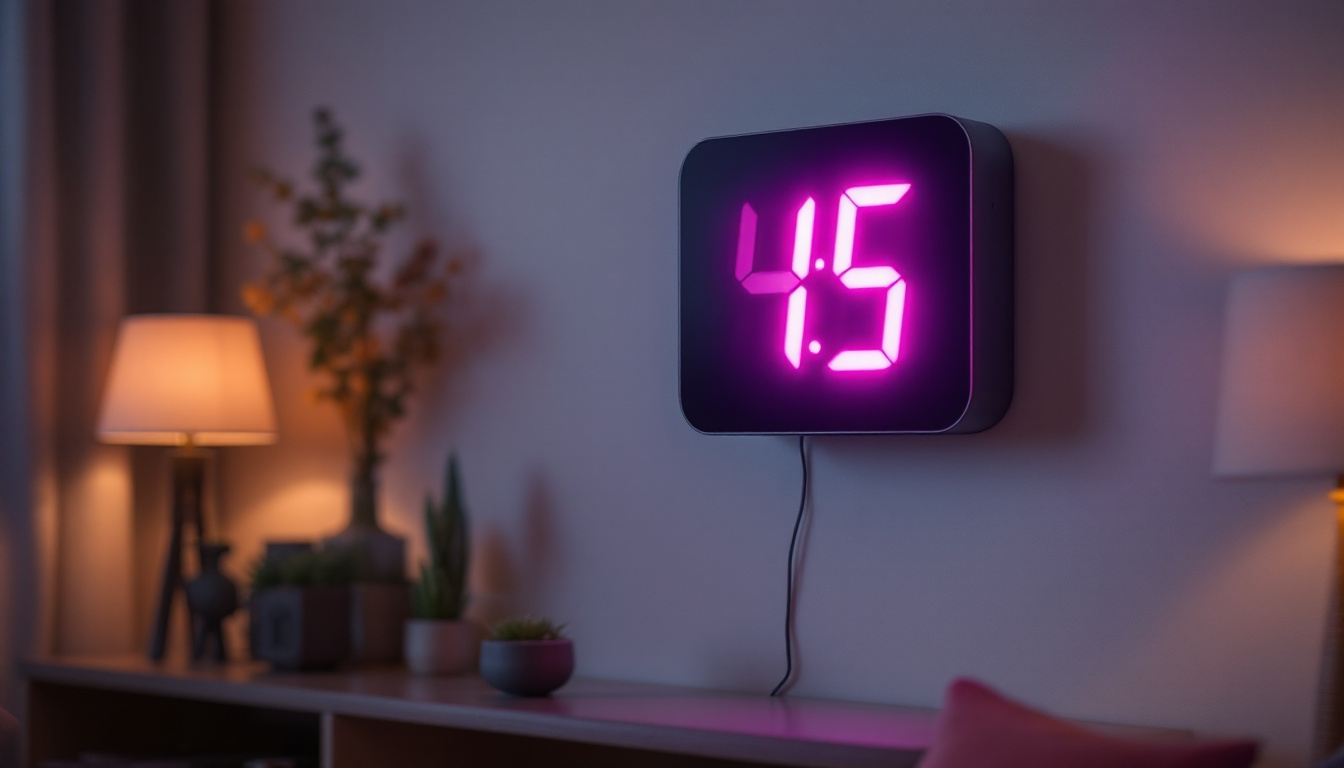In the realm of modern technology, LED displays have become ubiquitous, serving as the backbone for a variety of applications ranging from smartphones to large-scale billboards. Understanding how these displays function, particularly in terms of pixel density, is crucial for both consumers and professionals in the industry. This article delves into the intricacies of LED displays, focusing on pixel density and its implications for display quality and performance.
What is Pixel Density?
Pixel density, often measured in pixels per inch (PPI), refers to the concentration of pixels within a given area of a display. Higher pixel density means more pixels are packed into a smaller space, resulting in sharper images and finer details. This metric is particularly important for devices where screen size is limited, such as smartphones and tablets, as it directly affects the clarity and quality of the visual output.
Understanding PPI and Its Importance
Pixel density is a critical factor in determining the visual experience of a display. A higher PPI typically results in a more immersive experience, especially when viewing high-resolution content. For instance, a display with a PPI of 300 or more is often considered “Retina” quality, meaning that individual pixels are indistinguishable from the human eye at a normal viewing distance.
In contrast, lower pixel density can lead to visible pixelation, especially when zooming in on images or text. This is particularly relevant in applications such as graphic design, gaming, and video editing, where detail and precision are paramount. The importance of pixel density extends beyond simple aesthetics; it can significantly impact user engagement and satisfaction. For example, a crisp, high-resolution display can enhance the readability of text and the vibrancy of colors, making it easier for users to consume content for longer periods without experiencing eye strain.
Comparing Pixel Density Across Devices
Different devices exhibit varying pixel densities based on their intended use. For example, a smartphone may boast a pixel density of 400 PPI or more, while a standard television might range from 100 to 200 PPI. This variation is largely due to the size of the display and the typical viewing distance. The closer a viewer is to a screen, the higher the pixel density required to maintain image clarity.
Moreover, as technology advances, manufacturers are continually pushing the boundaries of pixel density. High-end devices now feature displays that exceed 600 PPI, offering an unparalleled viewing experience that enhances everything from gaming to video streaming. This increase in pixel density not only improves the visual quality but also allows for more intricate designs and animations in apps and games. As a result, developers are increasingly optimizing their content to take full advantage of these high-resolution displays, leading to richer graphics and more engaging user experiences. Additionally, the rise of virtual reality (VR) and augmented reality (AR) technologies has further emphasized the need for high pixel density, as these applications require exceptionally detailed visuals to create a convincing and immersive environment for users.
How LED Displays Work
LED displays utilize light-emitting diodes (LEDs) to produce images. These diodes emit light when an electric current passes through them, allowing for vibrant colors and high brightness levels. Understanding the mechanics behind LED displays is essential for grasping how pixel density impacts overall performance. The efficiency of LEDs also means they consume less power compared to traditional display technologies, making them an environmentally friendly option that contributes to reduced energy costs.
The Components of an LED Display
An LED display is typically composed of multiple pixels, each made up of red, green, and blue (RGB) subpixels. By varying the intensity of these subpixels, a wide range of colors can be produced. The arrangement and quality of these components significantly influence the display’s pixel density and overall image quality. Furthermore, the materials used in the construction of the LEDs can affect their longevity and performance; for instance, high-quality semiconductor materials can enhance brightness and color fidelity, ensuring that the display remains vibrant over time.
In addition to the individual pixels, the display’s resolution plays a crucial role. Resolution refers to the total number of pixels in each dimension that can be displayed. For instance, a Full HD display has a resolution of 1920×1080, which translates to over 2 million pixels. The combination of resolution and pixel density determines how detailed and clear the images will appear. Higher resolutions, such as 4K or even 8K, provide an even more immersive viewing experience, allowing for finer details and smoother gradients, which are particularly beneficial in applications like gaming and professional graphic design.
Types of LED Displays
There are several types of LED displays, each with its unique characteristics and applications. The most common types include:
- Direct View LED: These displays use individual LEDs to create images directly, often seen in large outdoor screens and digital billboards. Their ability to maintain visibility in bright sunlight makes them ideal for advertising and public information displays.
- LED-backlit LCD: These displays use LEDs as a backlight for traditional LCD panels, providing improved brightness and color accuracy. This hybrid approach allows for thinner screens while enhancing contrast ratios, making them popular in televisions and computer monitors.
- Organic LED (OLED): A newer technology where each pixel is made of organic compounds that emit light, resulting in deeper blacks and better contrast. OLED displays are known for their flexibility and thinness, paving the way for innovative designs in smartphones and televisions.
Additionally, there are emerging technologies such as MicroLED, which promises to combine the best features of OLED and traditional LED displays, offering self-emissive pixels for superior color accuracy and brightness without the drawbacks of burn-in associated with OLED. As the industry continues to evolve, we can expect even more advancements that will enhance the viewing experience across various devices and applications.
The Relationship Between Pixel Density and Display Quality
Pixel density is a crucial determinant of display quality, influencing everything from color accuracy to viewing angles. A deeper understanding of this relationship can help consumers make informed decisions when selecting devices.
Impact on Color Accuracy
Higher pixel density often correlates with better color accuracy. This is because more pixels allow for finer gradations of color, resulting in smoother transitions and more lifelike images. Displays with lower pixel density may struggle with color banding, where distinct color bands become visible instead of smooth gradients.
For professionals in fields such as photography and graphic design, color accuracy is paramount. A display with high pixel density ensures that colors are represented as accurately as possible, allowing for precise editing and retouching.
Viewing Angles and Pixel Density
Another aspect influenced by pixel density is the viewing angle. Displays with higher pixel densities tend to maintain color consistency and brightness even at wider viewing angles. This is particularly important for collaborative environments, such as design studios or conference rooms, where multiple viewers may be looking at the screen from different positions.
Conversely, displays with lower pixel density may exhibit color shifts and loss of brightness when viewed from an angle, diminishing the overall viewing experience.
Choosing the Right Pixel Density for Your Needs
When selecting a display, understanding the appropriate pixel density for specific applications is essential. Different use cases demand different levels of clarity and detail.
For General Use
For everyday tasks such as browsing the web, watching videos, or working on documents, a pixel density of around 100 to 150 PPI is typically sufficient. This range provides a clear and comfortable viewing experience without overwhelming the user with excessive detail.
For Gaming and Multimedia
Gamers and multimedia enthusiasts often benefit from displays with higher pixel densities, typically in the range of 200 to 300 PPI. This level of detail enhances the immersive experience, allowing for sharper graphics and more fluid motion.
Moreover, many gaming monitors now feature high refresh rates and low response times, further enhancing the overall experience. When combined with high pixel density, these features create a visually stunning environment that can significantly elevate gameplay.
For Professional Applications
Professionals in fields such as graphic design, video editing, and photography should prioritize displays with pixel densities of 300 PPI or higher. This ensures that every detail is rendered accurately, enabling precise work and high-quality output.
In addition to pixel density, these professionals should also consider color accuracy, calibration options, and the display’s ability to reproduce a wide color gamut.
Future Trends in Pixel Density and LED Technology
The landscape of display technology is continually evolving, with advancements in pixel density and LED technology at the forefront. As consumer demand for higher quality visuals increases, manufacturers are innovating to meet these expectations.
MicroLED Technology
One of the most promising developments is MicroLED technology, which utilizes microscopic LEDs to create displays with exceptional pixel density and color accuracy. MicroLED displays promise to deliver higher brightness levels, improved energy efficiency, and longer lifespans compared to traditional LED displays.
This technology is still in its infancy but has the potential to revolutionize the display industry, offering consumers a new standard for visual quality.
Advancements in Resolution
As pixel density continues to increase, so does the resolution of displays. The introduction of 8K and beyond resolutions is pushing the limits of what is possible, allowing for unprecedented detail and clarity. However, achieving high pixel density at these resolutions presents challenges in terms of manufacturing and cost.
Nevertheless, as technology matures, it is likely that 8K displays will become more accessible, further enhancing the viewing experience across various applications.
Conclusion
Understanding pixel density is essential for anyone looking to invest in an LED display. It plays a pivotal role in determining the quality of the visual experience, affecting everything from clarity and color accuracy to viewing angles. As technology continues to advance, the relationship between pixel density and display performance will only become more significant.
Whether for general use, gaming, or professional applications, selecting the right pixel density is crucial for maximizing the potential of any display. With ongoing innovations in LED technology, the future holds exciting possibilities for even higher pixel densities and enhanced visual experiences.
Explore Cutting-Edge LED Displays with LumenMatrix
Ready to experience the ultimate in display quality and performance? LumenMatrix is at the forefront of LED display innovation, offering a wide array of solutions tailored to meet your needs. From captivating Indoor LED Walls to dynamic Outdoor LED Displays, and from versatile Vehicle LED Displays to sleek LED Poster Displays, our products are designed to elevate your visual communication. Discover the transformative power of LED Sports Displays, interactive Floor LED Displays, and the customization possibilities with our Custom LED Displays. Embrace the future with our All-in-One LED Display solutions and LED Transparent Displays. Elevate your brand’s visibility and engage your audience like never before. Check out LumenMatrix LED Display Solutions today and step into a world of vivid imagery and unparalleled clarity.


